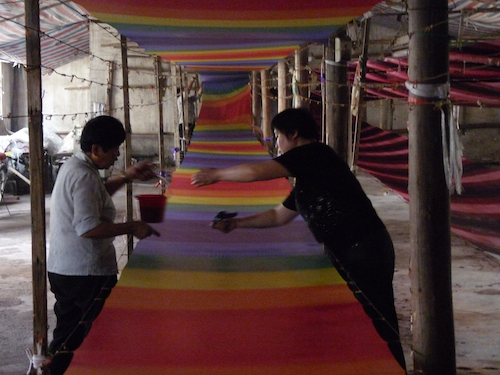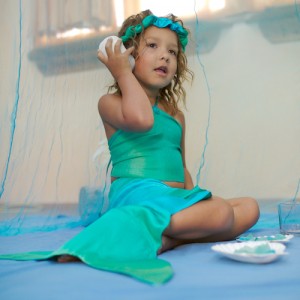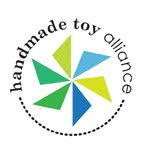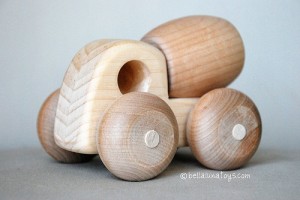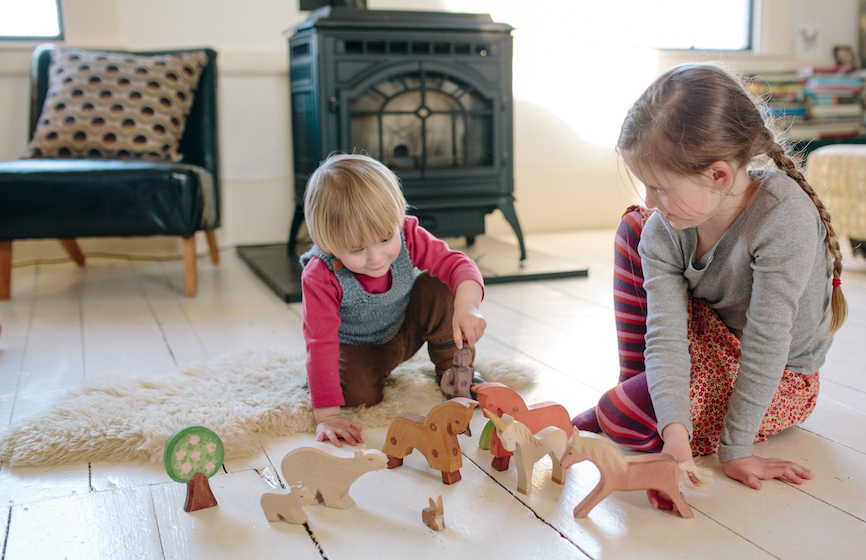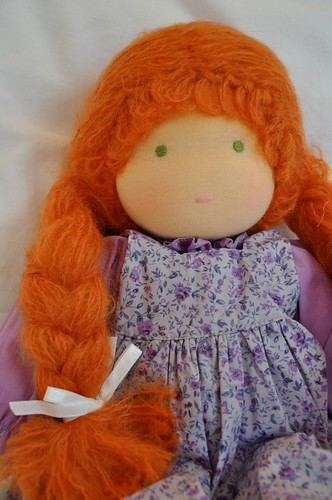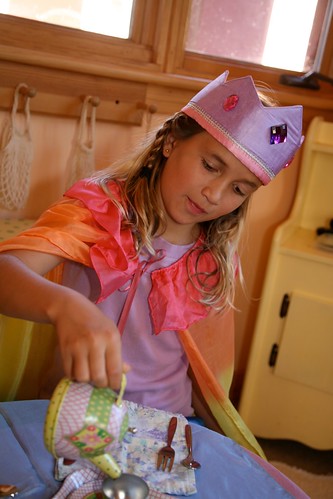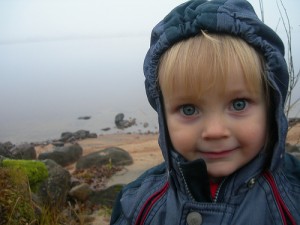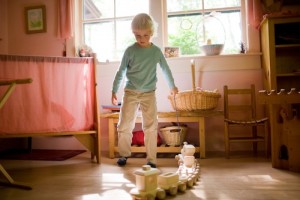Because the play silks and line of products from Sarah’s Silks are bestsellers at Bella Luna Toys, and being that my name happens to be Sarah, I am often asked if I dye the silks and make the line. The answer is no! That honor belongs to Sarah Lee, who founded her delightful company 16 years ago in Forestville, California.
Today, I am very pleased to introduce you to Sarah Lee, the founder and owner of Sarah’s Silks. Sarah’s company is truly a pleasure to do business with and I am very proud to carry their entire line. Not only are their playthings beautiful to behold, but they also embody the qualities that I am committed to providing at Bella Luna Toys—toys that are nourishing to the senses and that engage the imagination. (Oh, and did I mention how incredibly nice Sarah and all her employees are?)
I got to know Sarah shortly after taking ownership of Bella Luna Toys last fall. I discovered a kindred spirit in Sarah. Not only did we share the same first name, but I also learned that she grew up just up the road apiece from me in coastal Maine. I thought it would be fun to interview her so that you could get to know her a little better, too. If you’re not familiar with Sarah’s Silks, when you’re done reading the interview, head on over to Bella Luna Toys, and take a look at the play silks, toys and dress ups from Sarah’s Silks. (Though sadly, photos on a website just cannot covey the rich, shimmering colors, and the wonderful tactile experience of silk!)
When did you start Sarah’s Silks and can you tell us how your company came to be?
I started Sarah’s Silks 16 years ago, shortly after my middle son Noah was born. I wanted to stay at home and nurse him, yet still be able to pay for my four-year-old to attend a Waldorf kindergarten. Our local school, Summerfield in Santa Rosa, California, had a lovely teacher, Ellyn, who had play cloths in her classroom. I saw the creative play and use of the cloths and thought it would be wonderful to have some at home, too. I bought some silk scarves and dyed them with the help of my neighbor and our four-year-olds, while wearing Noah in a sling.
Friends started asking for some and soon I was selling them to the local Waldorf toy store. Then my four-year-old son, Josh (now 20 and an artist), wanted capes and tunics to dress-up in, so I expanded to dress-ups too. I made the first silk blanket for Noah. He loved the silky feeling, and I found silk wonderfully warm.
Voila! Sarah’s Silks was born.
Last February, I attended the NY Toy Fair where I saw many cute dress-ups for children, but noticed they were all made from polyester or other synthetic fabrics. Why silk?
Silk for no itch! Many children are sensitive to synthetics; they may like the look of dress-ups but wear them only briefly, as they don’t feel good. Silk is also a renewable resource, encouraging Mulberry Tree farmers to plant trees in China. Furthermore, silk takes dye beautifully and flows well.
Where are Sarah’s Silks products dyed and made? Can you describe the process?
In the beginning all of our silk was dyed here in our home. We still dye some items here, like most of the play silks.
However, cost became an issue and so my husband Mike went to China and worked closely with a man named Yue Fung, who has a degree from a Silk College! He works with people in a small village who hand sew and dye much of our silks. The rainbows are painted with a paintbrush. Mike has visited the village, seen the women sewing in their homes, and carefully monitors the dyes for safety. We use non-toxic acid dyes, which are called acid because they use vinegar as the solvent. It is much like dyeing Easter eggs!
 There has been much concern lately about toy safety and worries about toys made in China. How can customers know that Sarah’s Silks products are safe and non-toxic?
There has been much concern lately about toy safety and worries about toys made in China. How can customers know that Sarah’s Silks products are safe and non-toxic?
We employ small village workers who are closely monitored. Also, all of our products have been safety tested to the highest European standards and the new U.S. CPSC standards by independent test labs.


